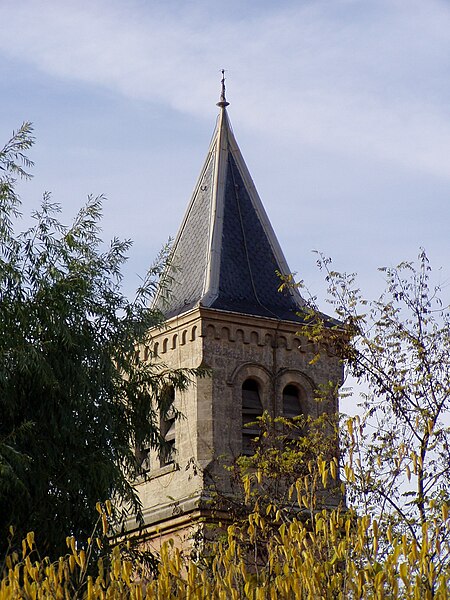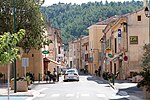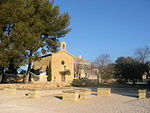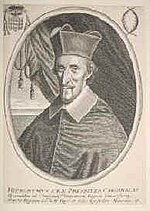Venelles
Bouches-du-Rhône geography stubsCommunes of Bouches-du-Rhône

Venelles (French pronunciation: [vənɛl]; Occitan: Venèla) is a commune in the Bouches-du-Rhône department in southern France near Aix-en-Provence. The current mayor is Arnaud Mercier.
Excerpt from the Wikipedia article Venelles (License: CC BY-SA 3.0, Authors, Images).Venelles
Allée Sainte-Victoire, Aix-en-Provence
Geographical coordinates (GPS) Address Nearby Places Show on map
Geographical coordinates (GPS)
| Latitude | Longitude |
|---|---|
| N 43.5992 ° | E 5.4833 ° |
Address
Allée Sainte-Victoire
Allée Sainte-Victoire
13770 Aix-en-Provence
Provence-Alpes-Côte d'Azur, France
Open on Google Maps





